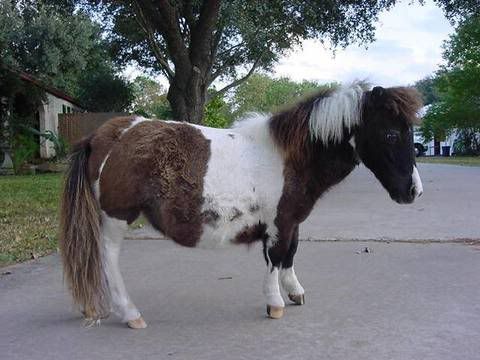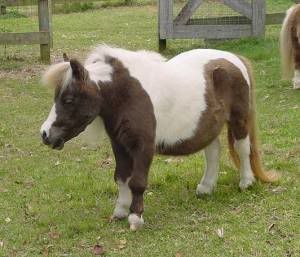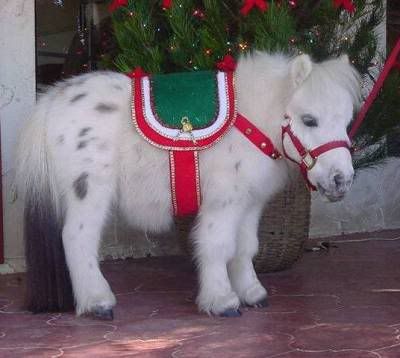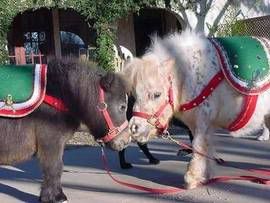rabbitsfizz
Well-Known Member
I actually think I am the only person claiming to know she has a dwarf free line. Were there a test, of any sort, I would jump at using it to back up what I know to be a reasonable claim. Thus, once a test is evolved, the way to introduce it would not be to make it compulsory but to do it as they did with PQing- make it a mark of good quality that you have proudly tested your stock, dwarf gene free- big gold sticker on registration papers.
It does make you wonder why no-one is willing to put into this REAL problem any real money, when there seems to be endless funds for things that as far as I can see are totally useless at worst and unnecessary at best, such as embryo transplants and AI- neither of which has any real credibility in our world yet.
It does make you wonder why no-one is willing to put into this REAL problem any real money, when there seems to be endless funds for things that as far as I can see are totally useless at worst and unnecessary at best, such as embryo transplants and AI- neither of which has any real credibility in our world yet.












